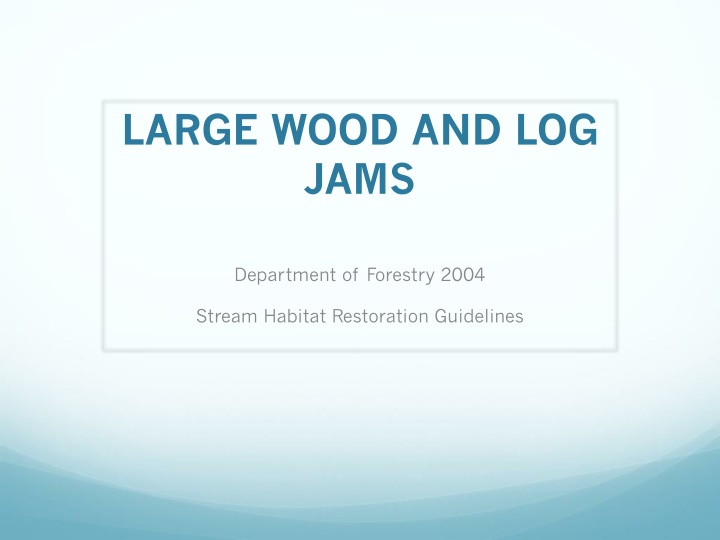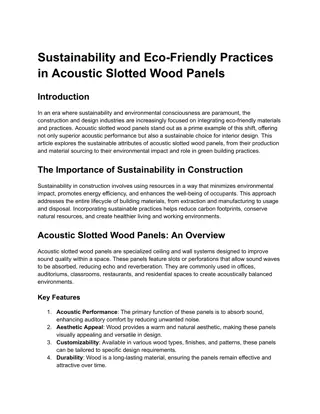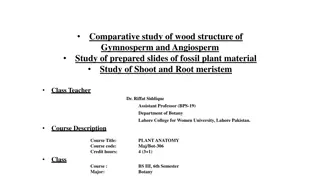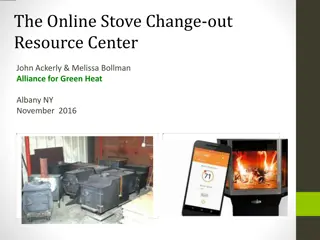
Stream Habitat Restoration Guidelines: Large Wood and Log Jams for Enhanced Habitat
Learn about the benefits, methodology, and approaches of incorporating large wood and log jams in stream restoration projects. Discover how these structures create habitats, absorb high flows, reduce erosion, and provide valuable resources for aquatic and terrestrial species.
Download Presentation

Please find below an Image/Link to download the presentation.
The content on the website is provided AS IS for your information and personal use only. It may not be sold, licensed, or shared on other websites without obtaining consent from the author. If you encounter any issues during the download, it is possible that the publisher has removed the file from their server.
You are allowed to download the files provided on this website for personal or commercial use, subject to the condition that they are used lawfully. All files are the property of their respective owners.
The content on the website is provided AS IS for your information and personal use only. It may not be sold, licensed, or shared on other websites without obtaining consent from the author.
E N D
Presentation Transcript
LARGE WOOD AND LOG JAMS Department of Forestry 2004 Stream Habitat Restoration Guidelines
Overview Methodology LWD benefits Approaches to establishing LWD structures How LWD creates habitat LWD application considerations LWD designs Recommendations for placement of LWD s
Methodology Large wood is typically applied to address a deficiency of habitat and natural channel- forming processes. Typically caused by: Urbanization Logging Agriculture Road building
Methodology cont Large wood and log jam placement may accelerate the natural recovery of streams. Used to promote stability in incising channels while providing additional habitat value. LWD Placement should be viewed as a short term solution. Objective is to provide habitat while natural processes are restored.
LWD benefits Absorbs the force of high flows and reduces bank erosion. Recruits additional wood and gravel via stream bank scour. Retains and sorts spawning gravel. Provides movement pathways for terrestrial wildlife.
LWD benefits cont Creates pool habitat for fish by concentrating flows and creating scour around structures. Retains organics (wood, detritus, carcasses) that provides nutrients to aquatic organisms. Providing cover and food for both aquatic and terrestrial species.
Approaches to establishing LWD structures Placed large wood This approach is the deliberate placement of wood in streams and floodplains to form discrete structures at specific locations. Placed LW and logjams create habitat directly use natural processes that scour and deposit
Approaches to establishing LWD structures Large wood replenishment Introduction of LW to a stream. Intent to re-establishing natural LW loading volumes and distributions. LW is delivered without mechanical anchoring. Allows high flow events to arrange it naturally.
Approaches to establishing log structures Trapping mobile wood Intent: Trapping mobile wood during high flow events. Uses the natural process of delivery, transport, and storage of wood in a stream. Creates habitat-forming structures.
How does LWD create habitat? Small area perspective Reach scale or larger
LWD application considerations LWD is added to a stream purely for its habitat value. LWD should be applied when: A biological or geomorphic need for in-stream wood and wood-related habitat is justified. Or when existing riparian trees are too small to provide natural LW recruitment
LWD application considerations How LWD should not be used: For channel stabilization. Should not be placed in degrading streams. Unless the cause of degradation is addressed.
LWD designs rtificial large log Used when large logs are impossible to deliver to a site due to their size or weight. A large log can be made from smaller logs. Anchored by boulder and cables.
Recommendations for placement of LWD s STREAM TYPE Smaller streams AVG SIZE RECOMMENDATION Single or multiple pieces of wood can be effectively used. (<10m wide) Medium-sized streams (10 to 20 m wide) Woody debris should lie within the active channel, or intrude into it significantly. Large streams (>20 m wide) Only recommended in the form of anchored structures. Woody debris should lie within the active channel, or intrude into it significantly.
Costs A small to moderate-sized log jam could take up to a half a day to build. And can cost approximately $600 to install using a medium-sized excavator. Total costs for logjams may range from approximately $1,000 to over $50,000 depending on the size of project.
Conclusion Large wood is typically applied to address a deficiency of habitat and natural channel- forming processes. LWD Placement should be viewed as a short term solution. Objective is to provide habitat while natural processes are restored. Types of LWD techniques are: Placed large wood, Large wood replenishment and Trapping mobile wood






















